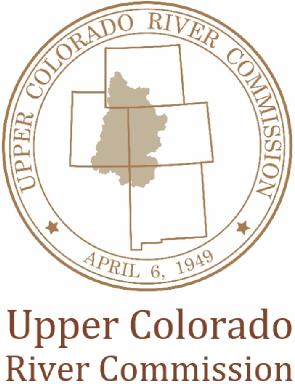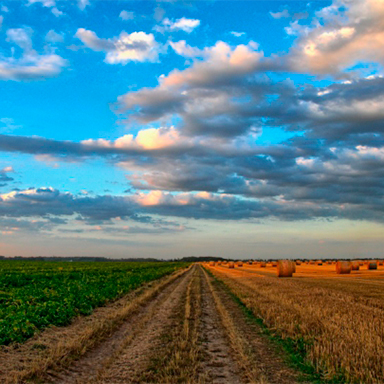UCRC DEMAND MANAGEMENT INVESTIGATION
Welcome to the UCRC’s web repository for Demand Management Investigation information. We hope this series of pages helps you gain a greater understanding of the Upper Basin’s Drought Contingency Plan (DCP) and the component of the DCP that deals with demand management – the Demand Management Storage Agreement (DMSA). We also hope these pages will serve as a central repository for information on the status of the UCRC’s Demand Management Investigation (as prescribed by the DMSA), as well as other resources that are being developed by the Upper Division States.
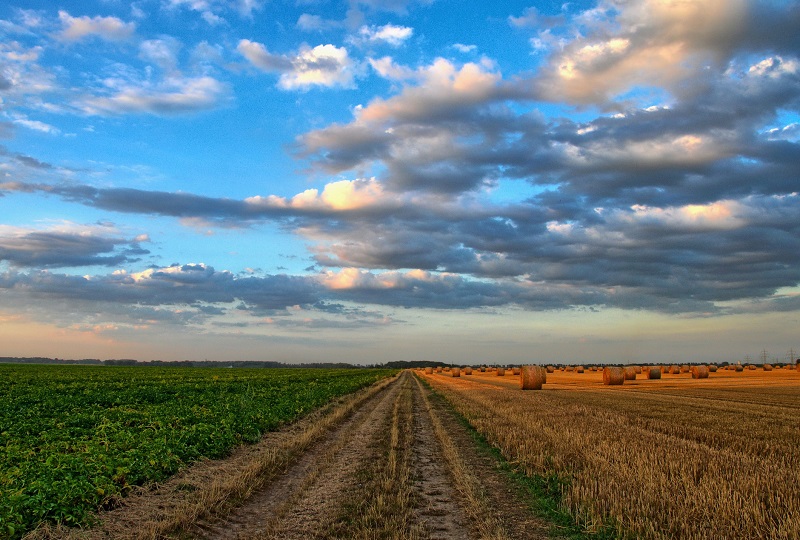
What you will find in this repository:
- Background information on the DCP and the DMSA
- Background information on the UCRC’s Demand Management Investigation
- The current status of the UCRC’s Demand Management Investigation
- A FAQ and links to the Upper Division States’ Demand Management Resources
CLOSURE OF THE UCRC INVESTIGATION…
Between 2019 and 2022, the Upper Division States, through the Upper Colorado River Commission (UCRC), conducted interstate-focused investigations funded by a grant from the Bureau of Reclamation (Reclamation). The investigations were administered by the UCRC Demand Management Committee (DMC) (consisting of UCRC staff and Upper Division State advisors) and provided essential information regarding the implications of a potential Demand Management (DM) Program in the Upper Colorado River Basin, consistent with the 2019 Upper Basin Drought Contingency Plan (DCP) and the Demand Management Storage Agreement (DMSA).
Procured contractors completed the investigations consistent with a scope of work and task orders prepared by the DMC. The contractors’ analyses and results are presented in a Summary Report (below) for the investigation. As contemplated in the DCP and affirmed in the 5-Point Plan outlined in UCRC’s July 18, 2022 letter to Reclamation, a potential DM Program is one of several possible tools to respond to continuing drought in the Upper Colorado River Basin. To aid in the consideration of the feasibility and potential development of a DM Program, the DMC has identified key findings from the investigation and is providing recommendations for “next steps” to the UCRC Commissioners at the UCRC’s 299th Regular Meeting at CRWUA in Las Vegas, NV.
Contractor Summary Report: Interstate Investigation Regarding Feasibility of a Demand Management Program in the Upper Colorado River Basin
Key Findings and Recommended Next Steps


UPPER DIVISION STATE INTRASTATE INVESTIGATIONS…
The UCRC Demand Management Investigation is committed to remaining in lockstep with Upper Division State Intrastate Demand Management investigations. Close collaboration through the Demand Management Committee (DMC) enables the UCRC and the States to streamline and integrate their combined efforts.
COLORADO
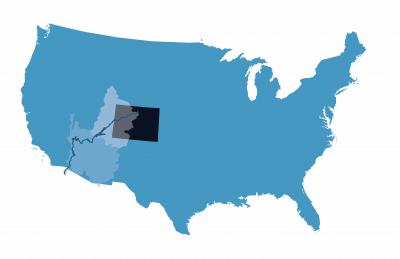
While the feasibility and advisability of Demand Management remain under consideration, Colorado Water Conservation Board (CWCB) is exploring various other tools to address future water supply challenges through the development of the Colorado Water Resilience Toolkit.
WYOMING
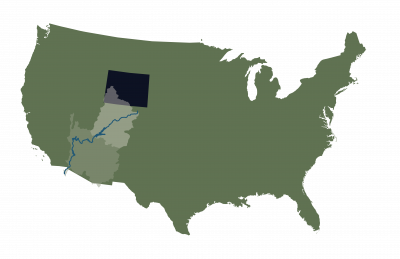
Wyoming continues to investigate the feasibility of Demand Management through its stakeholder engagement process and focused economic studies.
UTAH
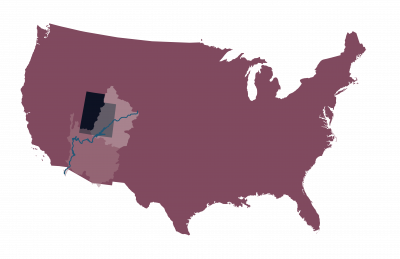
Utah has undertaken its intrastate demand management investigation with stakeholder engagement, surveys, explanatory videos, and a renewed emphasis on agricultural irrigation optimization.
Access the Utah Division of Water Resources Agricultural Optimization Webpage and the Colorado River Authority of Utah Webpage
NEW MEXICO
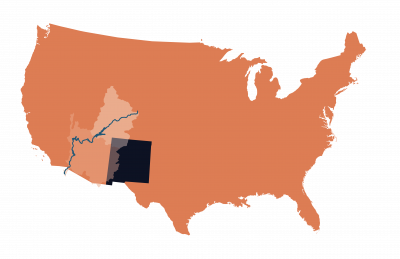
The main stem of the Colorado River does not flow through New Mexico; however, the San Juan River is a major tributary to the Colorado River. The New Mexico Interstate Stream Commission is investigating Demand Management through its stakeholder engagement process.
BACKGROUND AND THE UCRC’S INVESTIGATION…
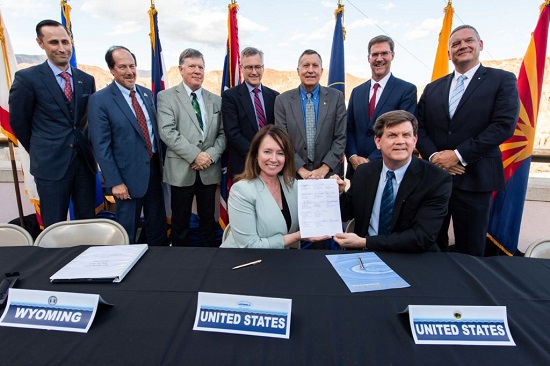
On May 20, 2019, the interstate Drought Contingency Plans (DCPs) agreements were signed and became effective for both the Upper and Lower Colorado River basins. The DCPs are designed to reduce risks to the Colorado River from ongoing historic drought exacerbated by the effects of climate change.
The Department of Interior was involved in the development of the DCPs and is a party to both the Upper and Lower Basin DCPs. The Republic of Mexico also has agreed to participate in drought contingency planning efforts through its commitments under Minute 323 to the 1944 U.S.-Mexico Water Treaty. (Photo credit: U.S. Bureau of Reclamation.)

The DMSA authorizes the storage of up to 500,000 acre-feet of water in the Colorado River Storage Project Act (CRSPA) Initial Units if a Demand Management program is created in the Upper Basin. The DMSA does not require that a Demand Management program be established. Rather, it provides the legal mechanism to store water conserved under a Demand Management program if the Upper Division States and the Upper Colorado River Commission (UCRC) agree to the feasibility and requirements of such a program. The Upper Division and UCRC must also consult with the Lower Division States when proposing a potential program and reach an agreement with the Secretary of the Interior on specific operations.
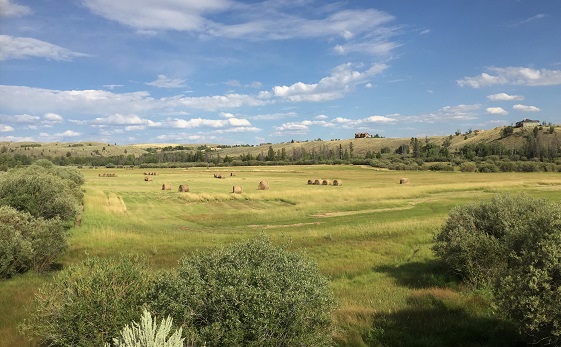
The UCRC has been investigating the legal, economic, and engineering-related specific concerns and challenges related to water demand management as a component of the Upper Basin Drought Contingency Plan (DCP). In 2019, the UCRC and the Upper Division States formed the Demand Management Committee (DMC) – a body of representatives from each state and UCRC that could help to guide and coordinate the UCRC investigation. With a generous grant from the U.S. Bureau of Reclamation, the UCRC began the investigation by soliciting contractors that could assist with the topics listed above. To date, the contractors continue to work with the DMC to explore the feasibility of developing and employing temporary, voluntary, and compensated demand management within the Upper Colorado River Basin.
DEMAND MANAGEMENT FAQ
The 1922 Colorado River Compact requires the Upper Division States of Colorado, New Mexico, Utah, and Wyoming to not deplete the flow of the river below 75,000,000 acre-feet over ten years to the Lower Division States. The Upper Division States have never violated the compact, and the purpose of any Demand Management program would be to maintain compliance with the compact.
Demand Management Program could be used to protect Upper Basin’s water users by helping to meet the Upper Division States’ Colorado River Compact requirement and avoid or mitigate the impacts of a mandatory Colorado River Compact administration scenario. If such a program is established, it could provide compensation for water users to voluntarily conserve water on a temporary basis.
The purpose of such a program would be to protect water users from mandatory curtailment in the event of a compact administration scenario by conserving and storing water as an insurance policy of sorts, to help ensure continued compact compliance in the future.
In 2019, the seven Colorado River Basin States finalized the Drought Contingency Plan (DCP), a suite of agreements designed to provide more security to the Colorado River System. The Demand Management Storage Agreement was part of the DCP, through which the Upper Division States committed to considering the feasibility of a potential Demand Management program.
At this time, there is no Demand Management program in any Upper Division State. Rather, the feasibility investigation into a potential Demand Management program is underway. The decision whether to set up a Demand Management program will depend on the results of the feasibility investigation. The decision will be made by the Upper Colorado River Commissioners once they have adequate information. Setting up a program will require significant effort on the part of the Upper Division States.
Demand Management is only one potential tool in the toolkit when it comes to maintaining compact compliance and protecting Upper Basin’s water users. It is important to consider all potential mechanisms to increase water security as water users consider the changing climate and uncertainty relating to future hydrologic conditions. Demand Management is one mechanism that each of the Upper Division States (Colorado, New Mexico, Utah, and Wyoming) agreed to investigate.
Demand Management would be a temporary, voluntary, and compensated program that would allow Colorado River water users in the Upper Division States to opt-in and receive compensation to temporarily reduce their consumptive use of water. The water conserved through a Demand Management program would be stored in the Upper Basin and available to assist with meeting the Upper Division States’ future Colorado River Compact requirements.
Yes. To move forward with a Demand Management program as contemplated in the Demand Management Storage Agreement (DMSA) within the Drought Contingency Plan (DCP), key elements of the program would need to be approved by each one of the Upper Division States, the Upper Colorado River Commission (UCRC), and the Secretary of Interior (SOI) prior to its implementation. The Lower Division States would also need to be consulted. Below is a visual representation of the steps that must be taken before a potential program may be established.
At this time, there are no specific Demand Management pilot programs.
The size of a Demand Management program would be determined by the number of water users who voluntarily decide they want to participate, subject to the cap of 500,000 acre-feet of storage among the Upper Division States, pursuant to the Demand Management Storage Agreement.
No. Pursuant to the Drought Contingency Plan and the Demand Management Storage Agreement, all of the water conserved through a Demand Management program must be used to meet the Upper Division States’ requirements under the 1922 Colorado River Compact. Learn more about the Colorado River Compact and “Law of the River.”
The purpose of a potential Demand Management program is to protect water users in Upper Division States by assisting in maintaining compact compliance for the Upper Division States. It is not to provide surplus water to the Lower Division States. A potential Demand Management program would help the Upper Division States continue to meet their legal obligations and mitigate, prevent, or delay mandatory cutbacks or compact administration in the Upper Division States. It would only be implemented if it is determined to be achievable and worthwhile for each of the Upper Division States.
Demand Management is only one potential tool in the toolkit when it comes to maintaining compact compliance and protecting Upper Basin’s water users. It is important to consider all potential mechanisms to increase water security as water users consider the changing climate and uncertainty relating to future hydrologic conditions. Demand Management is one mechanism that each of the Upper Basin States (Colorado, New Mexico, Utah, and Wyoming) agreed to investigate.
The UCRC (through the Drought Contingency Plan signed in 2019) along with the four Upper Division States, has the authority to determine the feasibility of a Demand Management program.
One aspect of the feasibility study is to uncover and address potential unintended consequences. If a program is established, many factors will need to be addressed in its design to adequately protect existing water users and communities in the Upper Division States.
